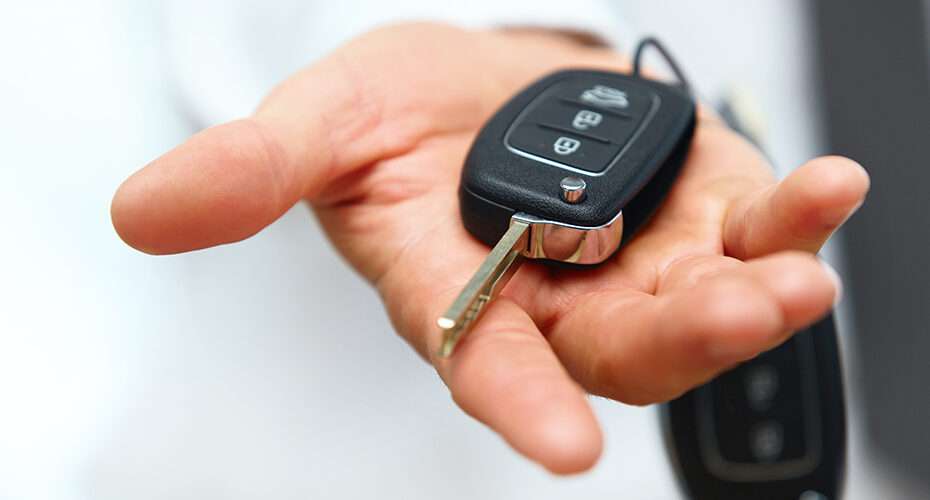How Does An Auto Locksmith Copy A Non Remote Key?
In the hustle and bustle of modern life, it’s not uncommon for people to find themselves in situations where they need a duplicate key for their vehicle. Whether it’s a spare for emergencies or to replace a lost key, the services of an auto locksmith become invaluable. While copying a traditional non-remote key may seem straightforward, it involves a precise process that requires skill and specialized tools. Let’s delve into the intricate steps an auto locksmith takes to copy a non-remote key.
Initial Assessment
The process typically begins with an initial assessment of the original key. The locksmith examines the key’s design, grooves, and any unique features that facilitate its operation. This examination helps the locksmith understand the key’s specifications, which are crucial for creating an accurate duplicate.
Key Blank Selection
Once the locksmith understands the original key’s characteristics, they select an appropriate key blank. Key blanks are uncut keys that serve as the foundation for creating duplicates. The chosen blank must match the profile and dimensions of the original key to ensure compatibility with the vehicle’s lock mechanism.
Key Cutting
Key cutting is the heart of the duplication process. Using specialized cutting machines, the locksmith meticulously carves the grooves and ridges of the original key onto the blank key. This step demands precision and accuracy to ensure that the duplicate key fits seamlessly into the lock and operates smoothly.
Calibration and Testing
After cutting the duplicate key, the locksmith calibrates it to fine-tune its alignment and ensure optimal performance. This calibration process may involve minor adjustments to the key’s depth and angle. Once calibrated, the locksmith tests the duplicate key to verify its functionality. This testing phase is crucial as it ensures that the duplicate key operates flawlessly, just like the original.
Finishing Touches
Once the duplicate key passes the testing phase, the locksmith may apply finishing touches to enhance its durability and appearance. This may include deburring the edges, polishing the surface, or adding protective coatings to prevent corrosion. These final touches not only improve the key’s aesthetics but also prolong its lifespan.
Customer Verification
Before finalizing the duplication process, the locksmith verifies the customer’s ownership or authorization to duplicate the key. This step is essential for security reasons and ensures that the locksmith’s services are provided responsibly and ethically.
Handing Over the Duplicate Key
With the duplication process complete and verification obtained, the locksmith hands over the duplicate key to the customer. Along with the key, the locksmith may provide instructions on proper usage and maintenance to maximize its longevity.
Additional Services
In some cases, the locksmith may offer additional services such as key programming or rekeying. Key programming involves synchronizing transponder keys with the vehicle’s immobilizer system, while rekeying involves altering the lock mechanism to accept a new key. These services cater to specific customer needs and further enhance the locksmith’s value proposition.
Conclusion
While copying a non-remote key may appear straightforward, it requires expertise, precision, and specialized equipment. From initial assessment to handing over the duplicate key, an auto locksmith meticulously navigates each step of the process to ensure accuracy and customer satisfaction. By understanding the intricacies involved in key duplication, customers can appreciate the skill and dedication that locksmiths bring to their craft, making them indispensable allies in the realm of automotive security and convenience.
If you’re looking for a reliable locksmith in Ottawa area then give Ottawa Locksmiths a Call at (613) 777-5480.

